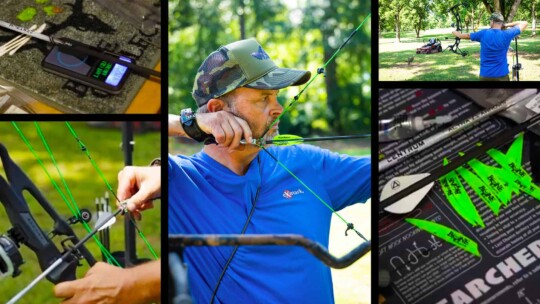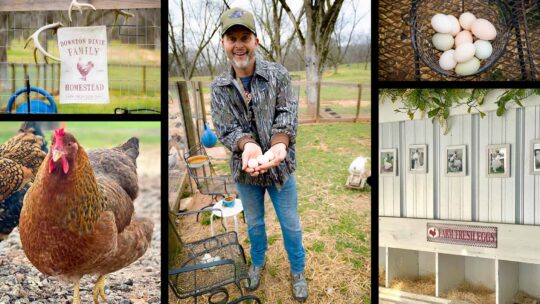Turkey season’s begun across much of the South, which means Michael Waddell’s in hot pursuit of any gobbler within earshot. In this Backyard Life video, Bone Collector’s beloved host shares the turkey hunting calls he relies on, season after season.
Michael begins by demonstrating how his three preferred turkey hunting call methods—box, glass and mouth calls—are used to mimic the sounds of a hen. He then discusses the finer points of each.
Turkey Box Calls
A friction call that’s both easy to learn and use, box calls produce a “rusty wheel” or “yelping” sound by striking the box’s lid against its base. Yelps are sounds that mimic hens seeking a gobbler’s attention. Box calls are also great for “cutting,” a tapping sound similar to Morse code. Individually and in conjunction, yelping and cutting are highly effective. And, with practice, hunters can utilize a series of shorter, more specialized calls to pique even greater interest.
Glass Calls
Also referred to as slate calls, glass calls are very similar to box calls where ease of use is concerned. And, according to Michael, they’re very “old school.” Long-time hunters prefer glass calls for creating subtle hen purrs and clucks, he adds. These sounds are created by rubbing the call’s striker against its slate (or glass). Varying stroke lengths enable hunters to create either longer, rusty-wheel yelping, or shorter, clucking sounds.
Mouth Calls
Using only a thin, horseshoe-shaped reed that’s placed in the mouth to produce yelps or cuts, mouth calls are super convenient to use. But, becoming proficient with them, Michael says, will require continual practice. While practicing with box and glass calls gives hunters a sound to try and imitate, he says not to worry about accuracy when getting started with box calls. The upside? Experienced mouth callers will have their fingers on the trigger, not a box or slate. It’s a hands-free turkey call option Michael says will come in handy once that long beard finally shows himself!



